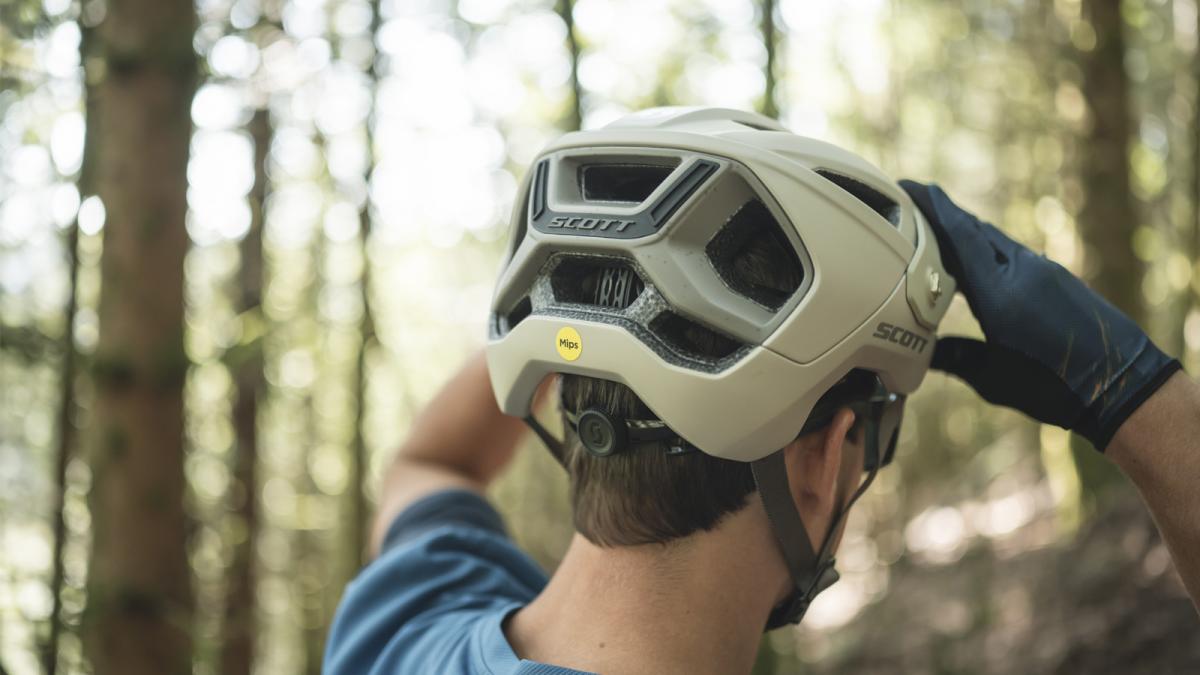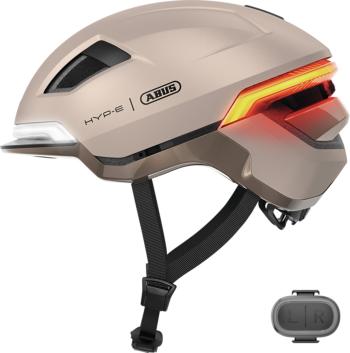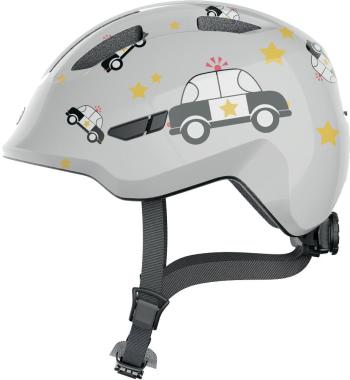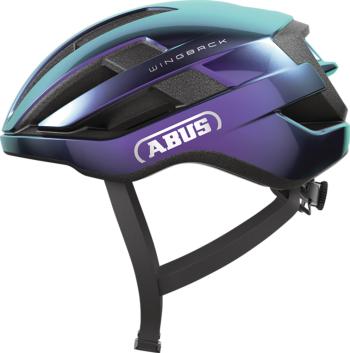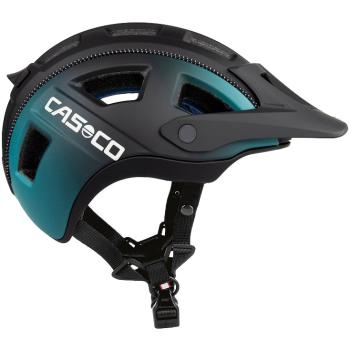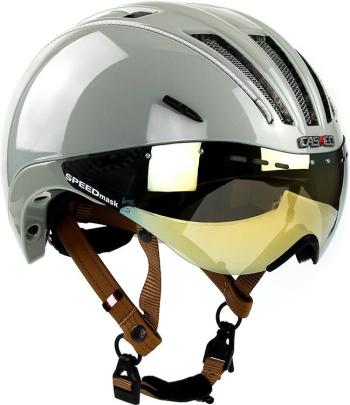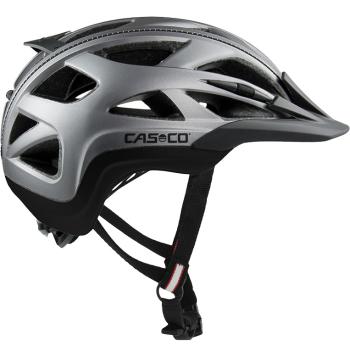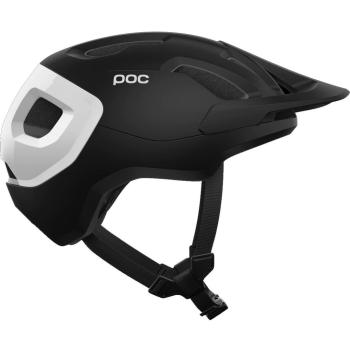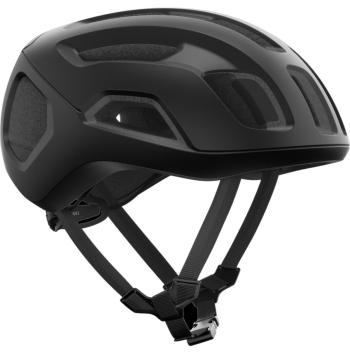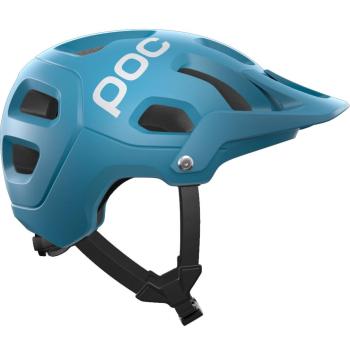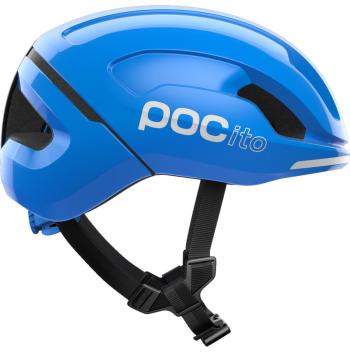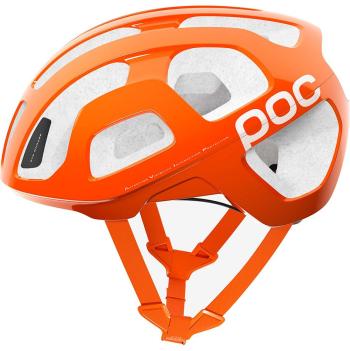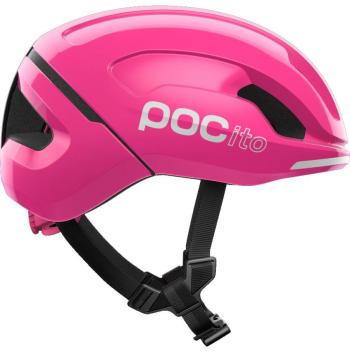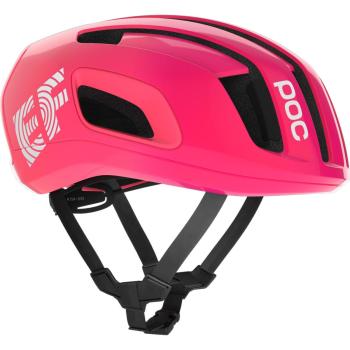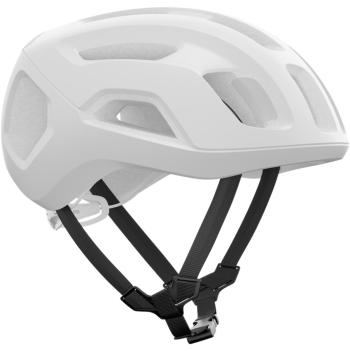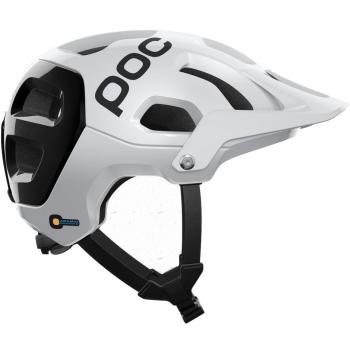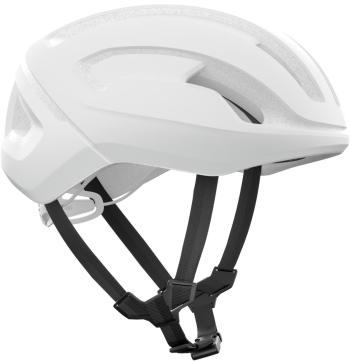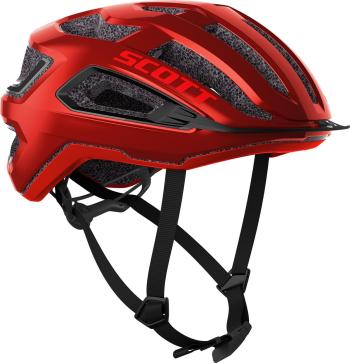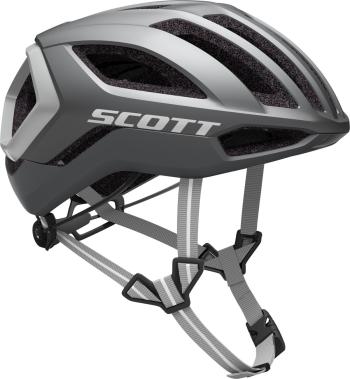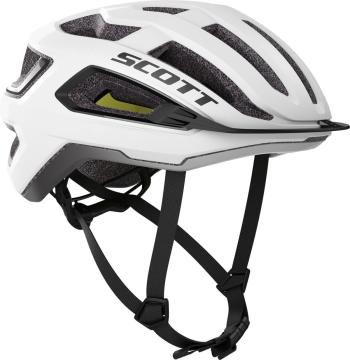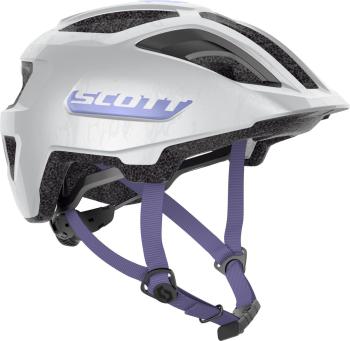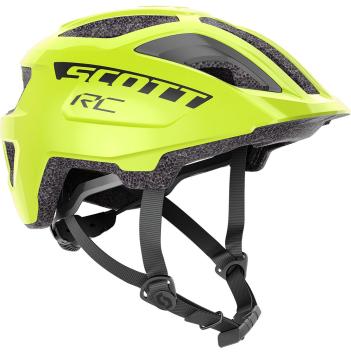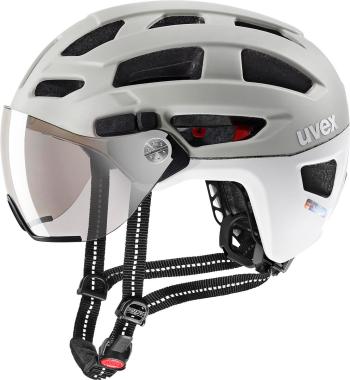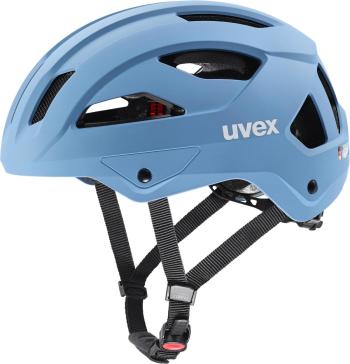If you're reading an article about how to choose a cycling helmet, hopefully, we don't need to convince you of something that's not worth arguing about: when biking, a helmet – although not mandatory according to traffic regulations, except in certain cases – should be considered essential gear for cyclists of all ages and styles. Not only because it can save lives in certain situations, but also because it can protect against more common, non-fatal injuries that still leave a lasting impact or result in minor injuries. The tired arguments that helmets are uncomfortable or make you sweat no longer hold water. Today's quality helmets are so lightweight that you hardly notice them after a while, they ventilate well, and they fit perfectly comfortably if you choose the right one. Moreover, they even "dress up" your look, as everyone can find a design that suits their taste.
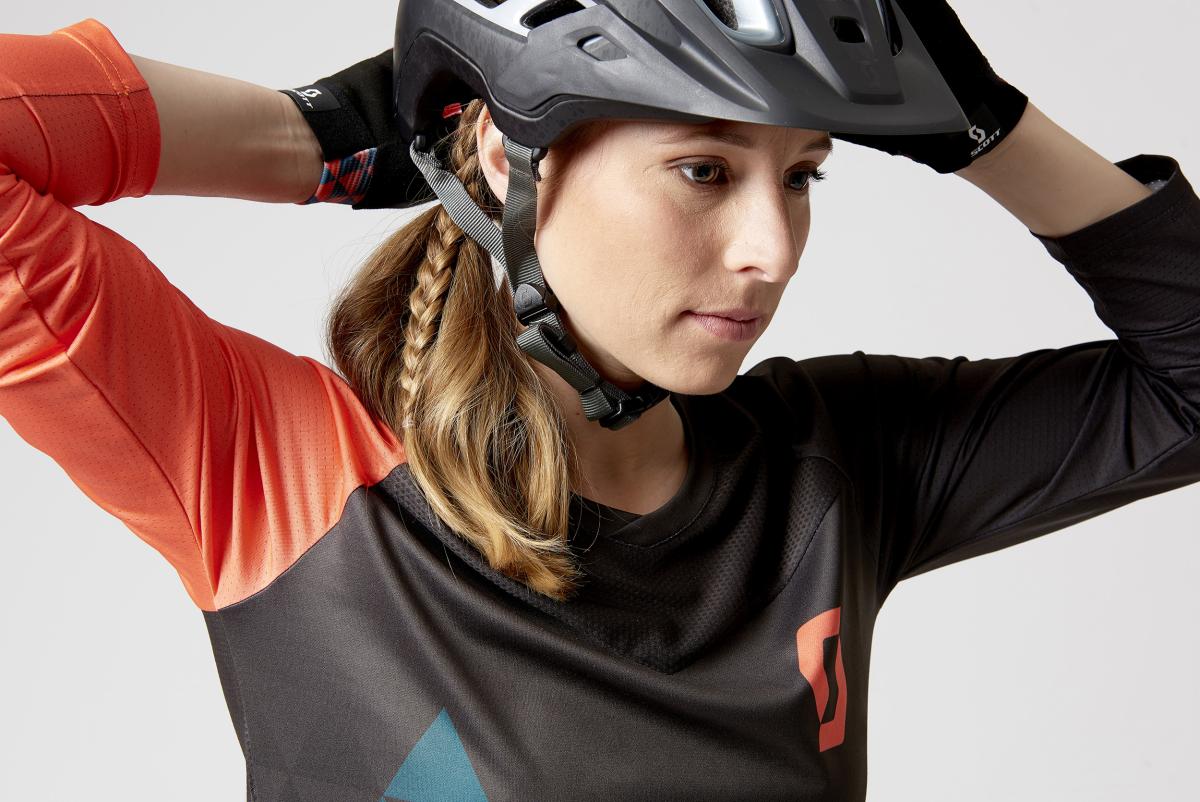
When selecting a cycling helmet, the first step is to consider the conditions under which you will be using it. Whether it's for daily commuting, touring, sports, road cycling, mountain biking, forest trails, summer, winter, or possibly in extreme dangerous situations. Obviously, for road cycling, emphasis is placed on good ventilation and low weight for a road sports helmet, perhaps at the expense of enhanced side and occipital protection. The latter is typical of enduro/trail helmets, while for downhill, freeride, or harder enduro use, it's advisable to choose full-face helmets with chin guards. In urban settings, low weight or perfect ventilation may be less critical since we typically use bikes for shorter distances. However, the curbs on city streets are harder than any terrain, so it's not wise to compromise on state-of-the-art protection technologies.
Starting with age groups, let's begin with children, where a liking for cycling can be determined as early as when they are in a child seat or infancy. Therefore, it's advisable to get a child a visually appealing and very comfortable, adjustable helmet that they'll enjoy using. If, for some reason, they don't like the helmet, it might lead them to reject cycling altogether due to a poorly chosen accessory...
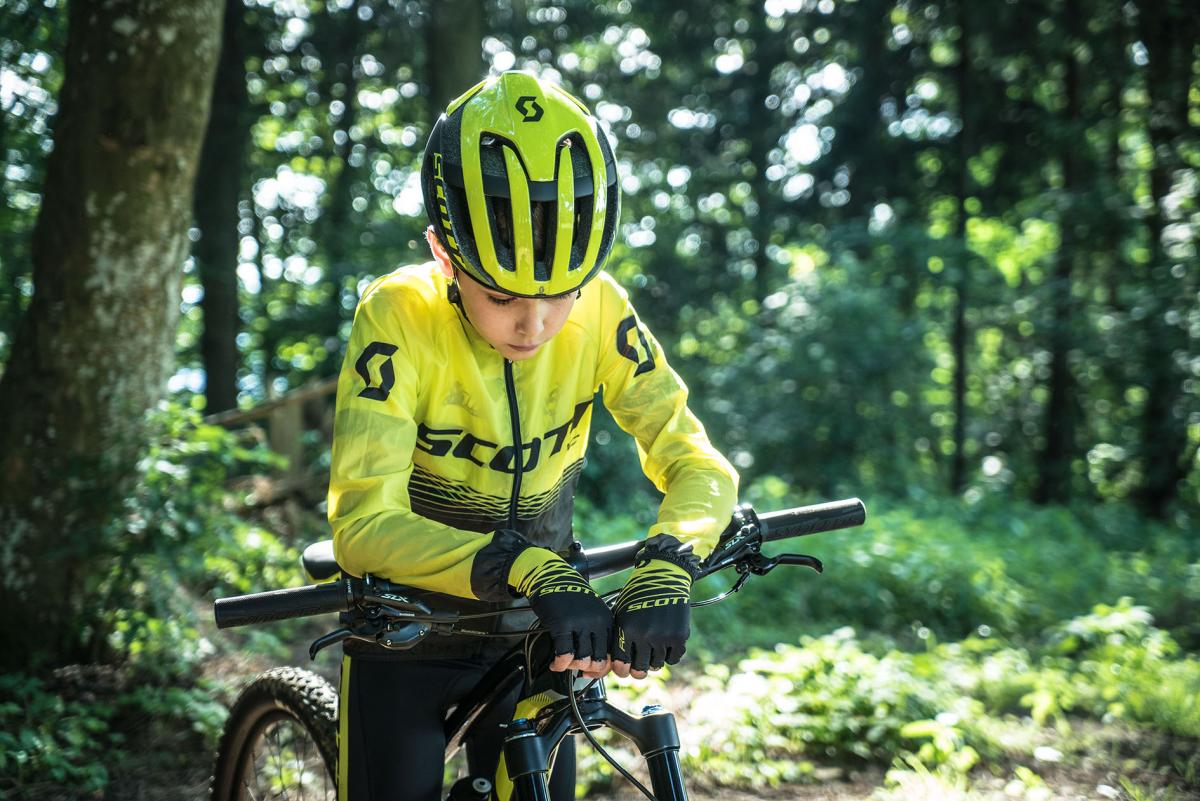
For adults, comfortable wear is also important, and head shapes vary greatly. After trying on many helmets, you'll eventually realize that some brands fit better than others. It might also happen that a brand you like doesn't fit your head shape well. In this regard, it's advisable not to compromise. Similar to ski and snowboard equipment, in cycling, it's worth considering the helmet and goggles as a unit. Trying them on together, paying particular attention to the forehead area for fit (or excessive gap), the meeting point of the helmet and glasses arms near the ears, ensuring they don't interfere with each other, and that the glasses don't press uncomfortably.
The comfort of a helmet largely depends on the right size. It's important to consider the size increments of different models. The more sizes available, the greater the chance of finding the perfect fit. How we fasten the helmet to our head and the adjustability of the fastening system also matter. For women, the placement of a ponytail can be a critical point. In quality helmets, the fit around the head can be adjusted with a dial, and ideally, the height position of the occipital support can also be changed. Straps can be adjusted in multiple places, not just in length at the buckle; we can also precisely and comfortably adjust the strap lengths under our ears.
Ventilation is also important for comfort, but nowadays, helmets with more vents don't necessarily ventilate better. A well-designed helmet is shaped to channel air through specific channels, using the airflow to cool our head. Generally, helmets with many larger vents are more comfortable in summer, while those with fewer/smaller vents provide better protection against the wind in winter. It's a good idea to try a helmet with our favorite winter hat and glasses, so we don't find out in November that its wearability will be compromised until March. If we cycle a lot in cold months, it's worth looking for a helmet that can be fitted with an external shell to protect against wind and precipitation. A lens that can be attached directly to the helmet, not just for "aero" purposes but also to provide good service in cold weather, can be beneficial. For instance, Casco offers models with this feature.
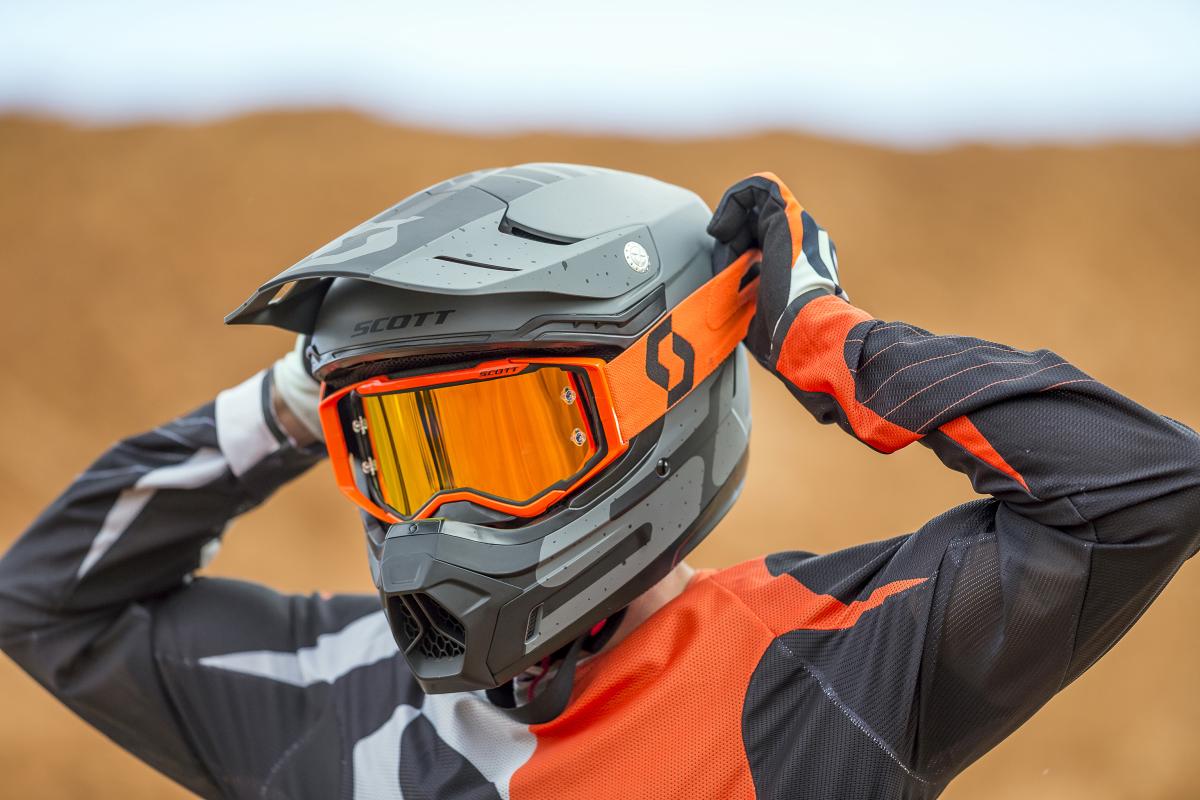
Safety technologies: Almost every helmet is now made with In-mold technology, combining an EPS foam layer for impact protection with the outer shell. Currently, the highest level of safety is provided by MIPS (Multi-Directional Impact Protection System) technology, where the layers surrounding our head can move slightly in all directions upon impact, significantly reducing the risk of brain injury. Similar in concept is the SPIN (Shearing Pads Inside) technology used in POC helmets. This involves silicone pads inside the helmet that allow for small movements between the head and helmet, capable of dampening and absorbing significant rotational forces. Some manufacturers complement the foam layer with a carbon fiber frame on their top helmets, enhancing protection without compromising comfort. Additionally, the area of our head covered and its resistance are crucial factors.
Trail/enduro helmets for mountain biking are stronger in this regard. As indirect protection, some manufacturers incorporate an accelerometer sensor into the helmet, which can notify selected contacts via an app in case of emergency.
The price of a quality cycling helmet is not low, and there's a reason for that. Helmets that meet the minimum safety requirements start at around 10,000 HUF, and quality children's models aren't much cheaper. Even cheap store-bought products are better than nothing in the event of an accident, but their comfort level is far from the same. The cheaper the helmet, the fewer adjustment options and the poorer the materials used. Helmets that offer serious quality in terms of protection, customization, and design, regardless of style, start at around 30,000 to 40,000 HUF. Moving up, better ventilation, lower weight, and the introduction of MIPS technology, or even additional features, can be expected. The price of top-of-the-line helmets can approach or even exceed 150,000 HUF.
It's also worth considering the lifespan of helmets because the structure of the foam layer and other components used in the helmet can change significantly over a few years, depending on UV exposure. In the case of a helmet used for 10 years – even a branded one, let alone a cheap one – the original protection cannot be guaranteed in the event of mechanical impact. Helmets should, therefore, be replaced at regular intervals, even if they haven't been involved in any accidents during use. If we fall while wearing a helmet after an accident, even if there seems to be nothing wrong with it, and it's just a little compressed somewhere, we should replace it. Cycling helmets are designed to absorb impacts very effectively, but the EPS foam structure can change, it may be internally cracked, and we might not see it. In this case, it will provide much less protection in a subsequent fall than originally planned.
If you feel it's time to buy a helmet, we're happy to assist you at K2 Shop, helping you find the model that suits you best. CLICK HERE to see our selection!

